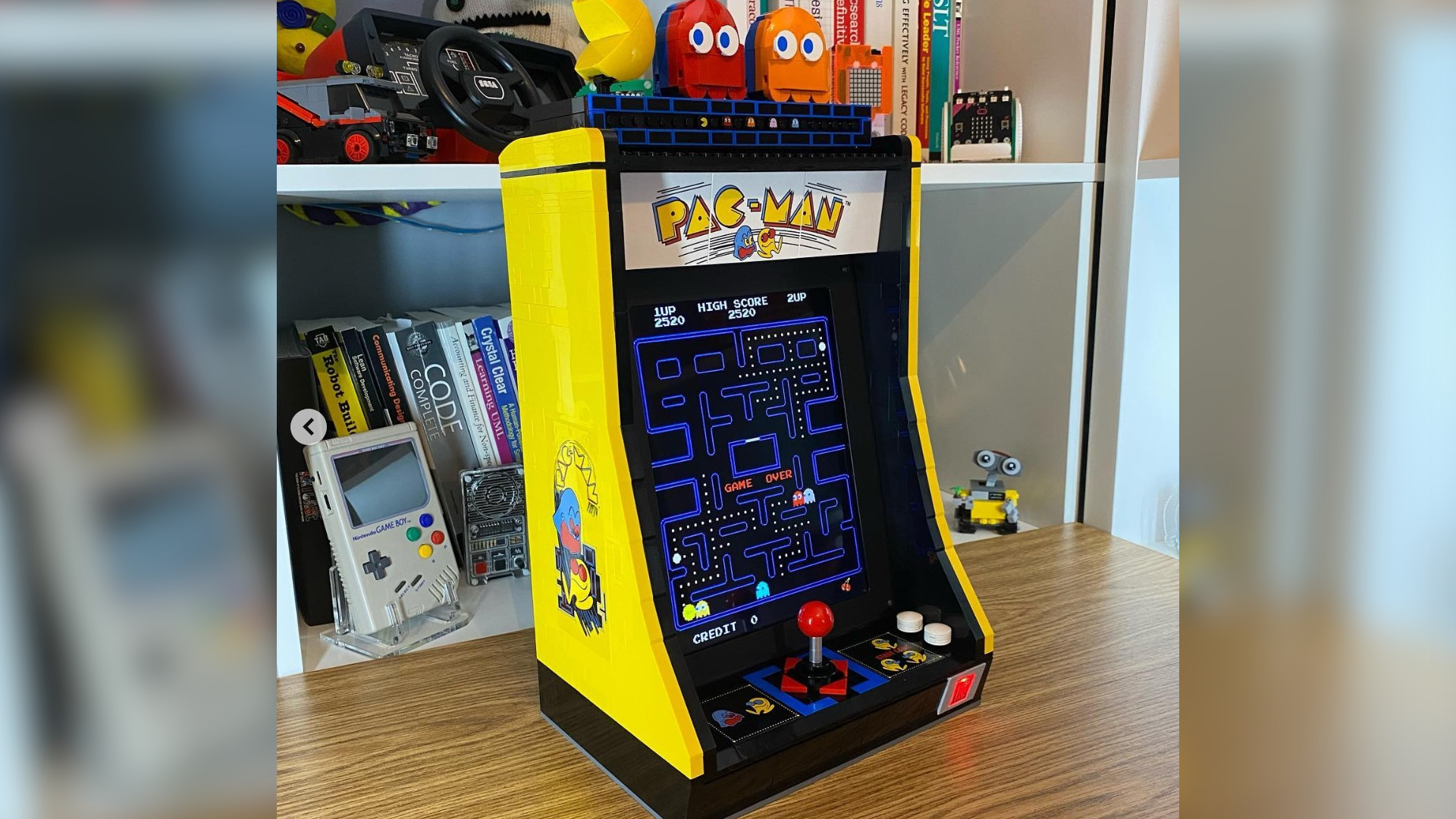
The world of Lego is vast to say the least. From knights to space, the company has developed all sorts of kits over the years. Newer, adult focused kits are designed to replicate objects of nostalgia and some makers are using these as the basis for builds. That’s exactly what’s happened with this project created by maker and developer Matt Brailsford aka Circuitbeard. Brailsford is no stranger to modifying toys into arcade cabinets. This time, he’s taken Lego's Pacman arcade cabinet kit and modified it to be a working arcade cabinet that can actually run Pacman using one of our favorite SBCs, the Raspberry Pi Zero 2 W.
The original kit is a functional game of Pacman, sort of. Using a chain drive and crank to animate, it looks fantastic with ghostly buddies Blinky, Pinky, Inky, and Clyde running around the classic maze. The Lego Pacman Arcade cabinet can be found on the official Lego website for $269.
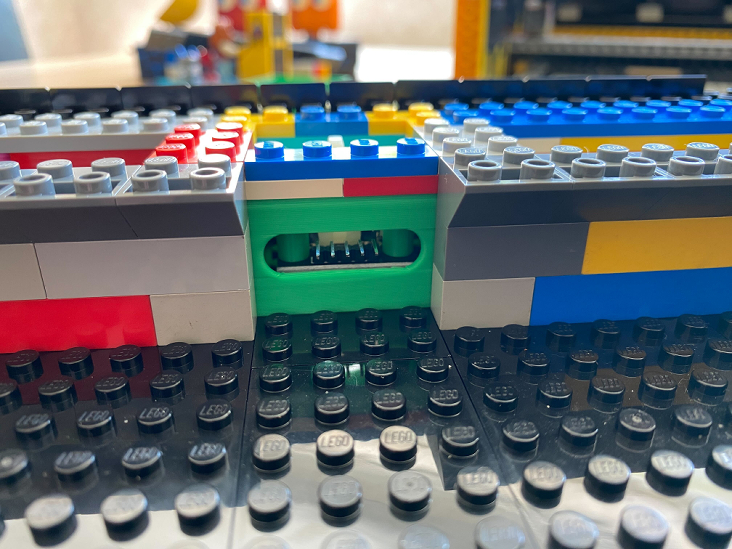
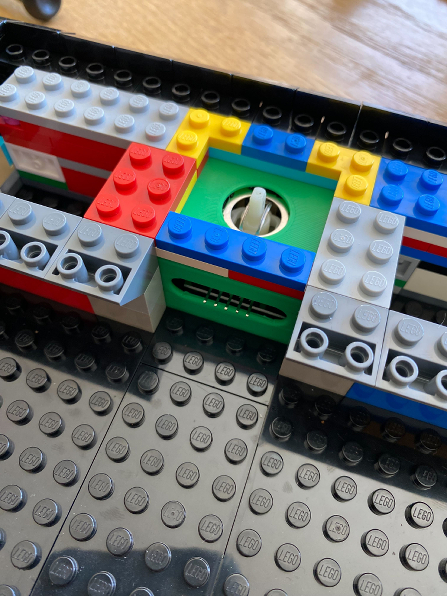
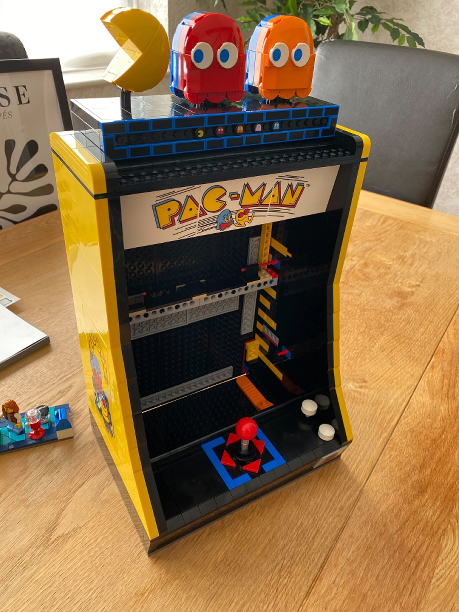
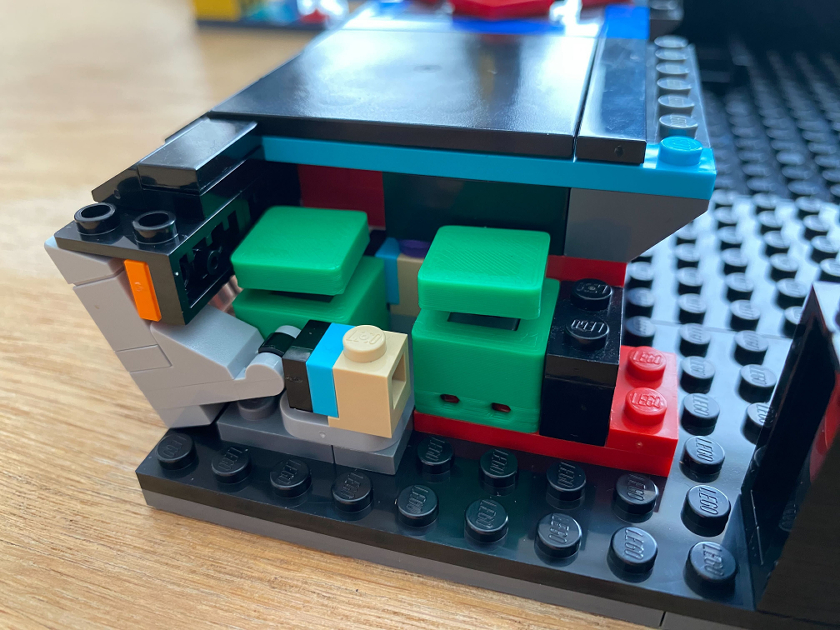
Replacing the Lego Pacman maze and "screen" required the use of a 10 inch HDMI display and luckily, Pimoroni had just the thing to gift to Brailsford. Pimoroni use this screen in its Picade arcade cabinet. The screen was almost a perfect fit for the Lego arcade cabinet, requiring just a few extra layers of Lego to balance the look of the cabinet.
Looking at a Lego Pacman cabinet just wasn’t enough for Brailsford, however. He needed the buttons to work and a screen to bring the classic video game to life. The end result are inputs created using Pimoroni's Tiny 2040, a smaller version of the Raspberry Pi Pico. The inputs are hidden under the Lego controls so that the immersion is unbroken. Custom 3D printed Lego bricks were used to connect the joystick module to the Lego joystick, and custom Lego bricks for the push buttons to interface with the original Lego. In another nod to authenticity, the coin slot is illuminated, showing the power status of the cabinet,
The software powering the experience is RetroPie, running the arcade version of Pacman via Mame. We can see in the Instagram video that the RetroPie install has been customized with a Circuitbeard boot splash screen. Speaking of power, Brailsford is using a Pimoroni On/Off shim, a GPIO connected power interface to safely power up/down the Raspberry Pi Zero 2 W.
Genuinely, we are in love with this build. Many Lego fans were eager to play Pacman on their Lego cabinet. While Lego provided a great model, Brailsford has gone beyond and produced an exceptional Pi-powered project.







